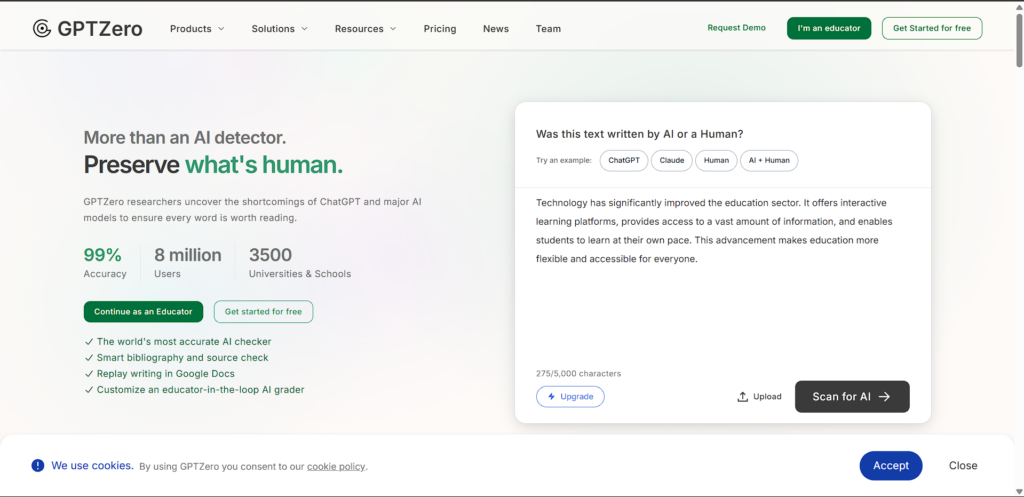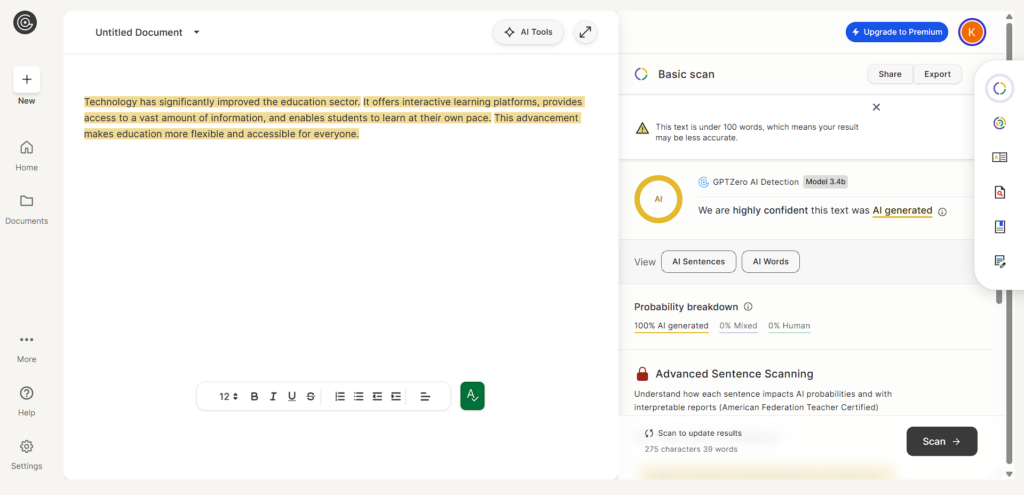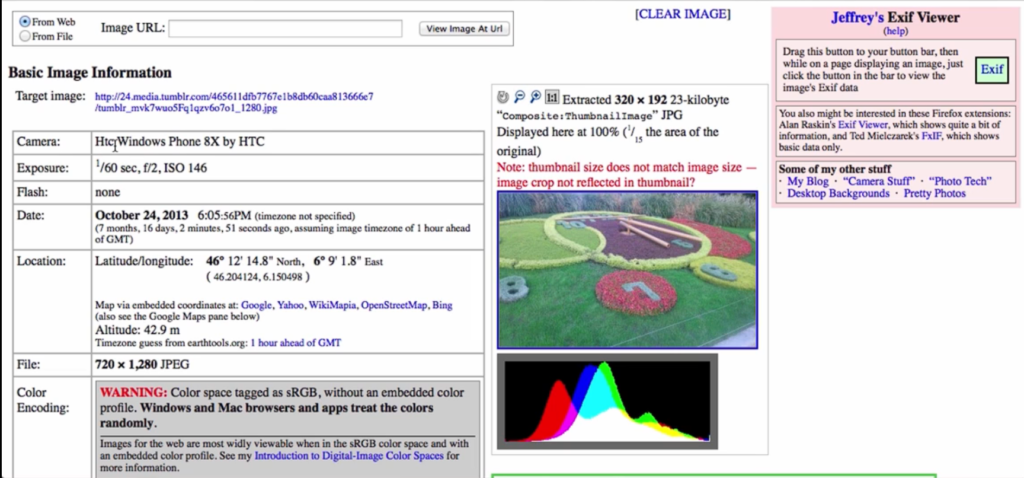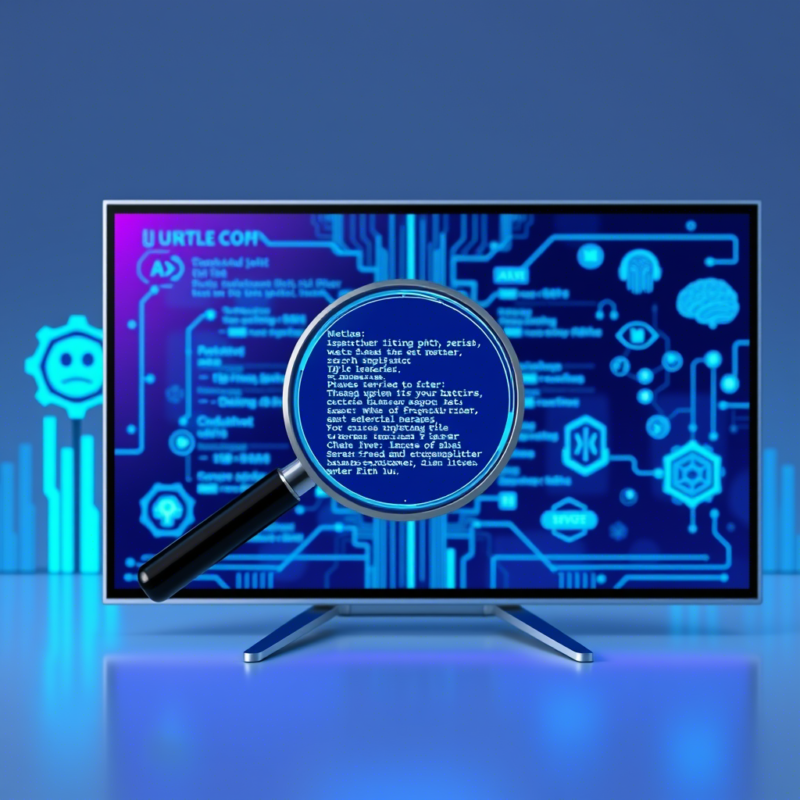Why AI Needs to Detect Itself in the Age of Synthetic Content?
We’ve come to an era where we don’t need humans to write essays, create fake news, paint lifelike images of people who might not even exist, and even pass exams without attending them. While this innovation is exciting, it also brings in a major challenge: How should a person distinguish what’s real and what’s artificially generated? Detecting AI-generated content has been a major issue in this AI era.
To address this issue, researchers are training AI models to solve this problem, developing powerful detection systems that can identify AI-generated content across text, images, files, audio and more. In this blog, we’ll take a comprehensive journey, starting with beginner-friendly concepts, to advanced detection techniques and see how AI is being used to detect AI, and why this is becoming a cornerstone of digital trust.
Understanding AI-Generated Content
What is AI-Generated Content?
AI-generated content refers to any type of media-text, images, audio, or video that is created by any artificial intelligence model, often powered by machine learning techniques such as LLMs(Large Language Models, GANs(Generative Adversarial Networks) or diffusion models.
These systems are trained on massive datasets, datasets which have the “original thing” and are trained to mimic them as much as possible. These systems are designed to mimic human-like creativity, logic and communication. As a result, it is impossible to distinguish between human-made and machine-made things.
Here are common forms of AI-generated content:
- TEXT: AI models like ChatGPT, Claude, or Gemini are creating articles, blogs, research papers, student essays, product reviews, and even poetry.
- IMAGES: Hyper-realistic portraits, fake social media photos, and memes produced using tools like Midjourney, DALL-E, or Stable-Diffusion.
- Audio: AI is used to mimic the voices of politicians and celebrities, generate music tracks, or podcasts using ElevenLabs or Voicemod.
- Video: Even AI can be used to generate Deepfake interviews, or synthetic news anchors, using models like DeepFaceLabs or Synthesia.
Real-Life Examples
- A student asks ChatGPT to write a 1,000-word essay on climate change.
- A viral image shows the Pope wearing a stylish puffer jacket, generated with Midjourney.
- A TikTok video features an eerily accurate AI-generated voice of Morgan Freeman, produced using ElevenLabs.
The above examples show how AI is being used to provide misconceptions or trick people into doing something they didn’t do. Therefore, detecting AI-generated content is so necessary to preserve digital trust.
Tools and Platforms That Detect AI-Generated Content
There are many tools and platforms available which help us distinguish between what is real or human-made and what is fake or AI-generated.
Here are some of the tools listed below:
- Text Detection Tools
- OpenAI Text Classifier
- ZeroGPT
- CrossPlag AI Detector
- Image Detection
- Deepware Scanner
- Hive Mdoderation (detects deepfakes)
- Sensity.ai
- Tools Audio/Video Detection Tools
- Deepfake-o-meter
- Microsoft Video Authenticator
Common Techniques For Detecting AI-Generated Content
- Stylometry and Linguistic Analysis
- Collect a sample of the suspected content (e.g., an essay or article).
- Use a tool like GPTZero or Writefull to analyse linguistic features.
- Mesures:
- Preplexity: It measures how predictable the text is to a language model. Lower perplexity often means machine-generated content.
- Burstiness: This refers to the variation in sentence structure and the length, something humans do naturally, but AIs often don’t.


- Token Patterns and Probability Signatures
- Token-level analysis leverages that AI choose statistically safe words, often resulting in bland or overly neutral phrasing.
- Break down the text into tokens (words or subwords).
- Use a model (e.g., OpenAI detection research models) to analyse the likelihood of token sequences.
- Check for:
- Uniform sentence structures
- Overuse of “safe” and common phrases

- Watermarking Techniques (Soft and Hard)
- Soft watermarking is already embedded if the AI-generated content came from a known model (e.g., OpenAI). Soft watermark is often invisible but statistically embedded.
- Use OpenAI’s watermarking tools to decode watermark patterns.
- Hard watermarking searches for embedded metadata or hashes in content files.
- Uses OpenAI’s watermarking tools(available in research) to decode the watermark patterns.

Why is Detecting AI-Generated Content Important?
As time passes, AI is becoming more and more realistic, and its usage is increasing day by day. Fake and AI-generated content is widespread, and the question isn’t just “Can’t we detect it?” -but rather “Why can’t we detect it?” From education to employment, media to law, the ability to identify machine-generated content is essential for preserving authenticity, fairness and accountability.
Here are the key areas where detecting AI content is crucial:
- Academic Integrity
- AI tools like ChatGPT can write full essays, solve math problems, or summarise books in seconds. While this can be a helpful learning aid, it also opens the door to academic dishonesty, where students submit AI-written work as their own.
- Misinformation
- AI can generate highly convincing news articles, tweets, or deepfake videos. This raises concerns about disinformation campaigns, especially during elections, crises, or conflicts, and this leads to a lack of trust in the media. It can also be misused by fraudsters.
- Legal Evidence
- In the courtroom or during police investigations, digital evidence is often critical. But what happens when that evidence is AI-generated?
- Job Application
- Many candidates now use AI tools to write resumes, cover letters, or even answer job application questions. While this might seem harmless, it raises questions of authenticity and skill verification.
Challenges in Detecting AI Content
While there are many AI detection tools which are doing a pretty good job of detecting AI-generated content, we are still far from being foolproof for AI content. As the AI keeps evolving and improving, so do the methods of evading detection. Here, we’ll be discussing the key challenges faced while detecting AI-generated content:
- Evasion Techniques
- As detection techniques evolve, so as evasion techniques. Users who want to evade anything using AI and want its authorship can manipulate generated content slightly to slip past the detection.
- Common Evasion Tactics:
- Paraphrasing tools like Quillbot or Parrot AI rewrite sentences while keeping the original meaning, often confusing stylometric or token-based detectors.
- Human-like noise: Adding typos, emojis, or intentionally poor grammar to appear more “human.”
- Hybrid writing: Blending AI-generated text with a few manually written sentences to reduce detection likelihood.
- Continuous Model Improvement
- AI is rapidly evolving at an exponential pace, and newer versions mimic more human-like behaviour, fluent, and creative than their previous versions.
- Examples:
- The latest version of GPT(Chatgpt-4.5), which is the most advanced LLM which was specially made to provide more human-like answers.
- Claude, Gemini, LLaMA 3, and open-source models are continuously being optimised for “human-likeness.”
- Ethical Dilemmas
- Even if we build the most advanced detection tool, the ethical implications of using it cannot be ignored.
- Key Ethical Concern:
- False Positives: A perfectly human-written essay could be flagged as AI-generated, especially if the writer has a robotic style. This could harm innocent individuals.
- Lack of transparency: Many detection models work like black boxes. If a writer is falsely flagged, there’s often no way to appeal or understand the decision.
- Consent and surveillance: Should people be told when their content is being scanned for AI patterns? What about privacy rights?
Final Thoughts
AI is evolving rapidly and behaving more like humans; it is a great power to humankind, but with great power comes great responsibility. As generative AI becomes more capable of mimicking humans, the gap between machine-generated and human-generated content will become increasingly blurred. That’s why detection matters.
To preserve the truth, transparency, and trust in digital spaces, we need a robust tool which clear ethical guidelines, ongoing public awareness. Whether you’re an educator, developer, journalist, or casual user, creating good, creative, unique and natural content is becoming challenging.
With the right blend of technology, policy, and critical thinking, we can enjoy the benefits of generative AI while minimising its misuse in misinformation, academic dishonesty, or digital deception.
Next time you read something too perfectly worded — maybe ask yourself: “Did a human write this… or was it the bot?”
If you want to know more about how to use AI, then visit this blog post to learn more: AI: Work Smarter or Chill Harder? Where does it fit?

